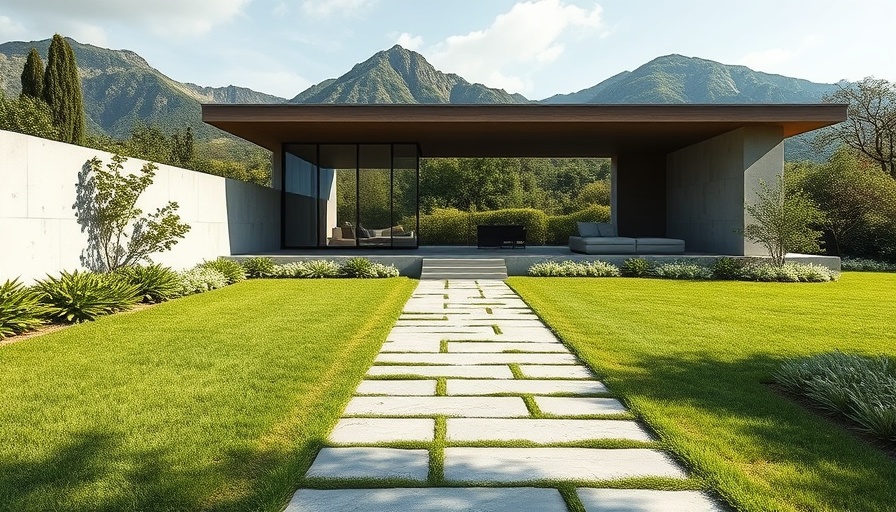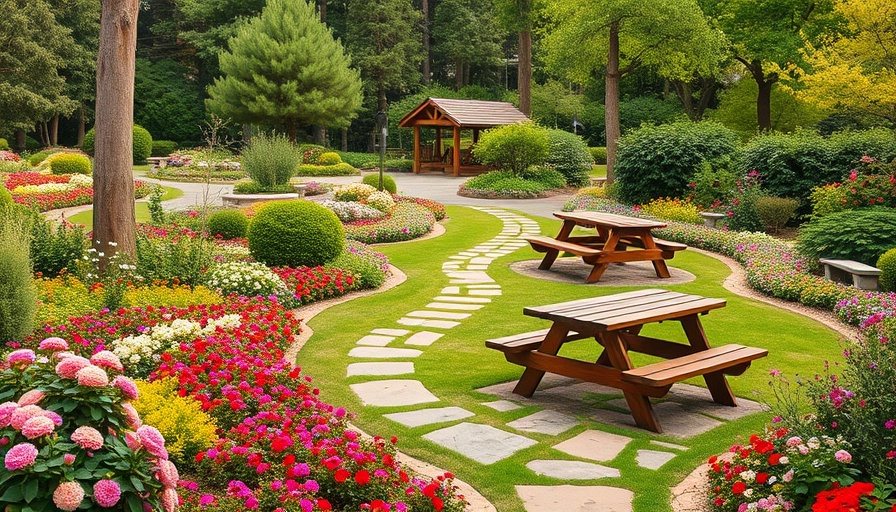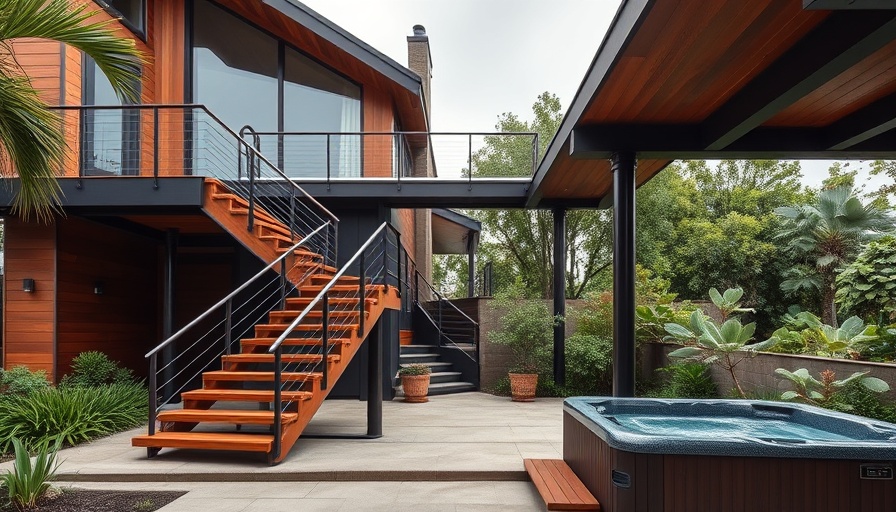
Exploring Popular Materials for Garden Paths
Designing a beautiful garden path is essential for enhancing the overall appearance of your landscape. From the elegance of stone to the simplicity of wood chips, various materials can help you craft the ideal journey through your outdoor space. But how do you choose the right one? In this article, we’ll navigate the popular materials for garden paths and walkways, highlighting their pros and cons, and offering insights to help you make an informed decision.
The Classic Appeal of Concrete Walkways
Concrete is often hailed as a top choice for garden paths due to its durability and versatility. It can withstand different weather conditions, making it an excellent option for California homes where sun and rain can fluctuate. Among the options are cast-in-place concrete and precast concrete pavers. Cast-in-place concrete is budget-friendly and can take various forms, whether it’s a smooth finish or textured to mimic natural stones.
Another advantage of concrete is its ability to adapt aesthetically; it can be tinted or stained, allowing homeowners to personalize their pathway. Additionally, the use of plants or decorative stones alongside your concrete path can soften its rigid appearance, adding a touch of nature.
Nature’s Touch: Wood and Mulch
For those dreaming of a rustic garden, wood paths made from timber or untreated wood rounds can provide a charming look. Wood can blend seamlessly into nature, but it does have its maintenance needs, especially in wetter climates. Regular sealing or treatment is recommended to prolong the life of wood paths. A mulch path, on the other hand, can offer quick installation and is a cost-effective solution, though it will need replenishing over time.
A blend of materials is also popular; combining wood with stones or pavers can add visual interest while maintaining the natural outlook many homeowners desire.
Gravel Paths for Rustic Scenery
Gravel paths are another popular choice, combining practicality with a laid-back vibe. They allow for effective drainage and can be easily shaped to fit various styles, making them especially useful in sloped areas. Gravel comes in different sizes and colors, adding texture to your garden and appealing to those who enjoy a more naturalistic approach.
While gravel can be a low-maintenance option, it’s worth noting that it may require occasional raking to keep it looking neat. Additionally, when installing gravel paths, using landscape fabric underneath can help prevent weeds from emerging.
Flagstone and Natural Stone Options
When considering garden paths, flagstone offers a timeless and elegant look. It can be used in various patterns, creating a unique and upscale pathway. With natural variations in color and texture, each installation is one-of-a-kind. However, flagstone can be more expensive and may require professional installation, so it’s essential to weigh these factors against your budget.
In contrast, natural stone path options can vary widely, providing a rustic charm while ensuring each pathway tells its own story. From slate to sandstone, selecting the right stones based on your garden’s aesthetic will enhance the atmosphere beautifully.
Benefits of a Well-Designed Pathway
Ultimately, the choice of materials for your garden path goes beyond aesthetics; it influences functionality and maintenance as well. A well-designed path provides ease of movement, improves accessibility, and can even dictate how your garden is experienced. For example, a winding gravel path leads visitors through different floral arrangements, making each turn a new discovery.
Moreover, incorporating eco-friendly materials like decomposed granite not only enhances the path's visual appeal but also supports drainage and reduces runoff. Adding native plants along the journey invites local wildlife and promotes biodiversity.
Actionable Insights for Homeowners
As you design your garden paths, consider your home’s style, your landscaping goals, and your personal preferences. Planning for durability and maintenance will save you time and effort in the long run. It’s worth consulting with a landscape designer to ensure that your choice aligns with your existing garden layout and meets your practical needs.
By integrating creativity with functionality, you can create inviting pathways that beautifully guide visitors through your outdoor space, making them more than just a means to get from point A to point B but rather a prominent feature of your California home’s landscape.
Whether constructing new paths or revamping existing ones, now is the time to consider how these pathways can enhance your outdoor living experience, blending beautiful designs with practicality.
 Add Row
Add Row  Add
Add 




Write A Comment